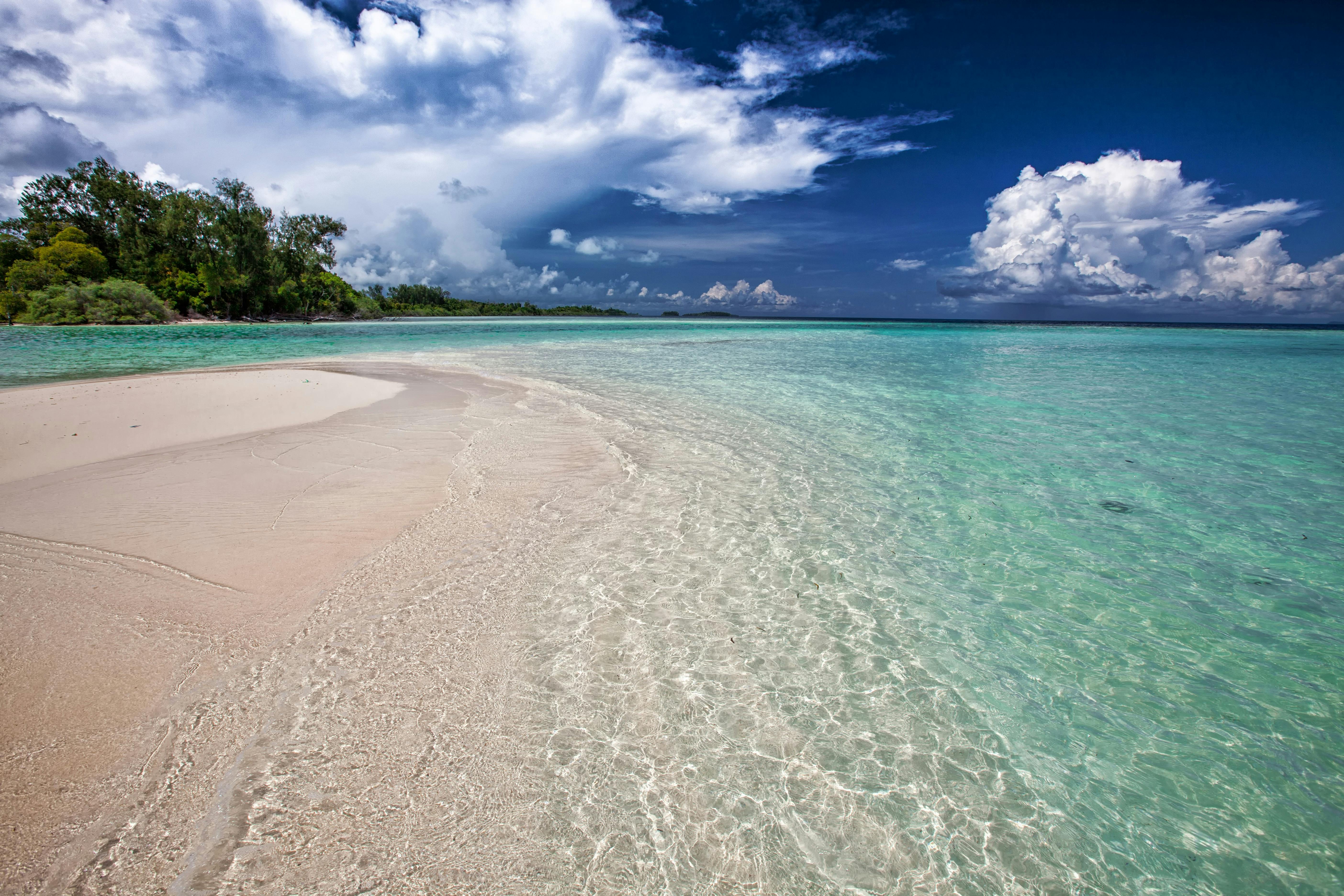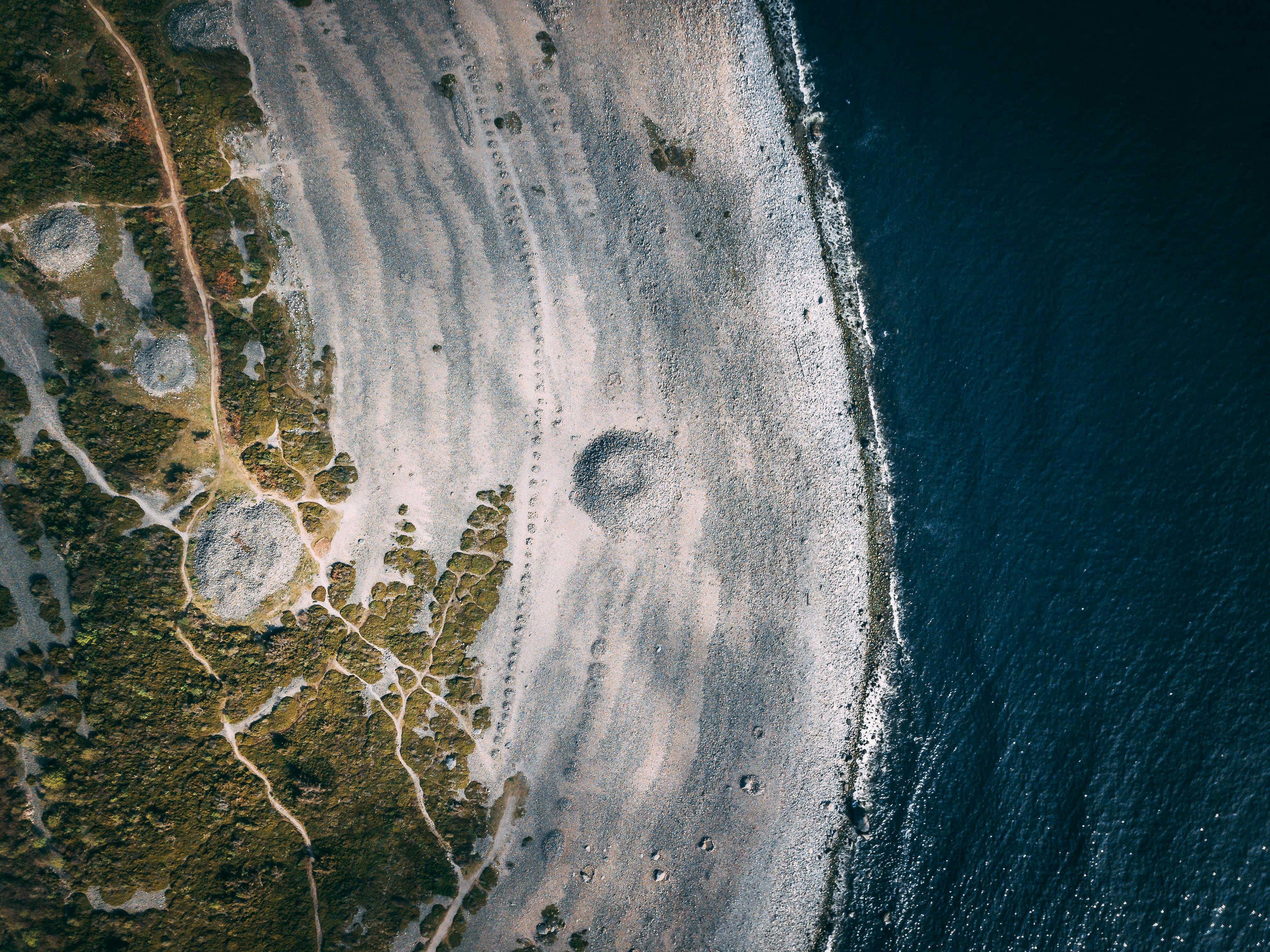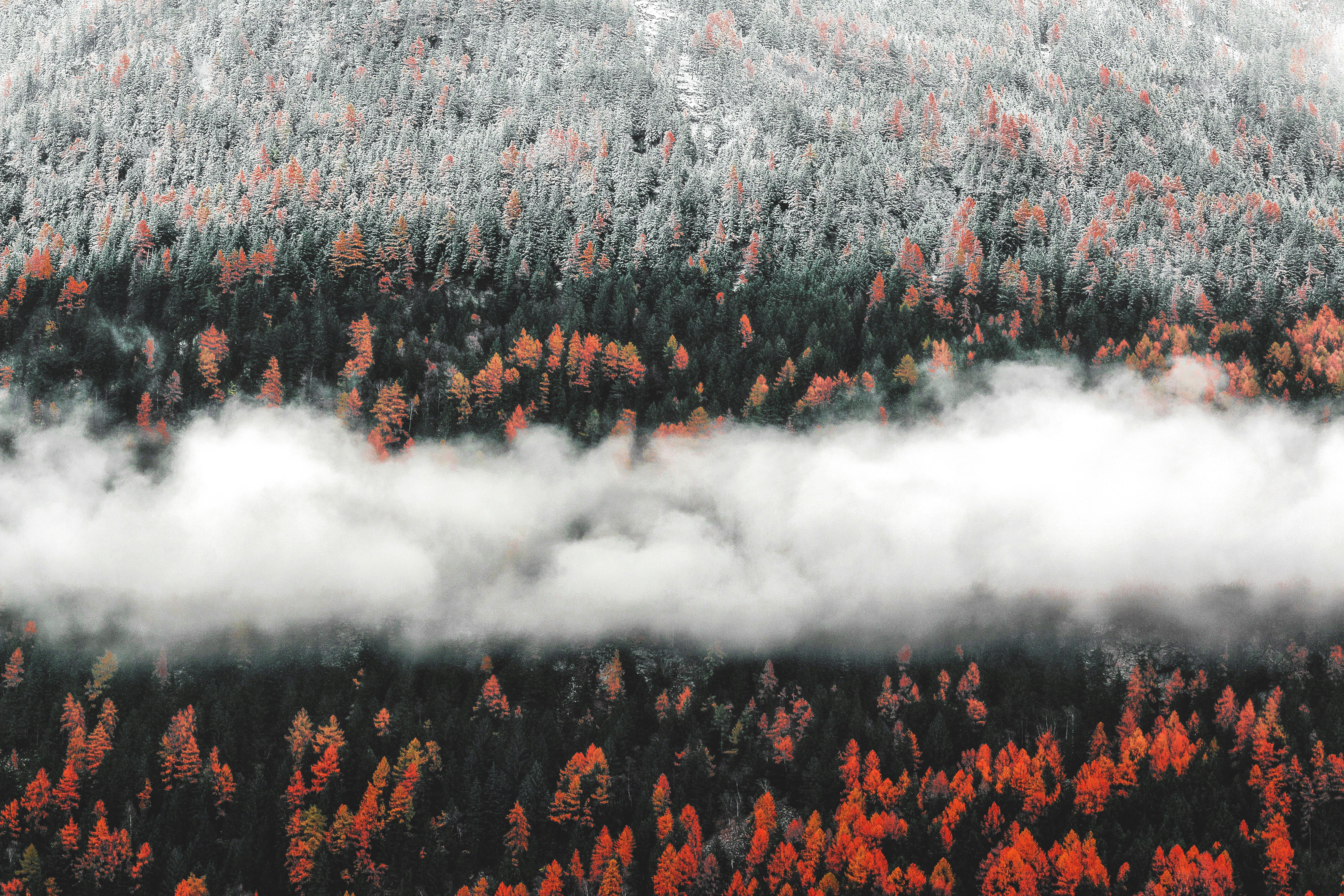Popular Culture has been defending for decades that the worst thing for the environment is crude oil, ignoring that crude oil is manufactured by nature, not man. Humans can use it for something, but so does nature. In fact, crude oil (or petroleum) is even part of the food chain, there are many different species that have crude oil in their natural diet in the world’s oceans.
Tube worms, crabs, clams, mussels, microorganisms, and the vast majority of marine creatures that live in and around the darkest, deepest portions of the world’s oceans typically live in and around natural volcanic vents that leach tons of oil, gases methane, minerals, toxic acids and chemicals coming out of these vents and cracks into superheated water, in total darkness, with no sunlight. They all eat oil and other toxic chemicals too.
Many oil companies harvest these oil-eating microorganisms to aid in oil spill cleanup, while the popular media tells us they are using genetically modified microorganisms for cleanup, or Franken Bugs. Which is not the case, the oil companies are not yet technologically advanced enough for that.
In a 2003 study by the National Research Council, it was found that 600 kilotons of crude oil seep naturally and are consumed by these marine creatures, while other crude oil runoff from human sources accounted for 47% and occupied second place with 480 kilotons, or 38% of the total.
And last in oil release, the Deep Horizon drilling rig released 38 kilotons a year, or 3% of the total.
HOW CRUDE OIL SAVED THE WHALES
For thousands of years, man has been collecting this natural oil from open tar pits to waterproof wooden boat hulls and to light outdoor torches. Unfortunately, it wasn’t very good for indoor lighting because it produced nasty black smoke that filled your house quickly and was unbreathable. Thus, for thousands of years man had to use oil lamps, lanterns and wax candles, whose sources of oil and wax came from the fat of marine animals such as whales, killer whales, walruses and seals.
Unfortunately this continued for thousands of years as these magnificent creators were killed for their oil and wax properties. And it nearly drove them to extinction in the mid-19th century. By 1857, the heyday of the whaling industry, about 1 million whales were being killed each year and their rotting carcasses washed up on shores and beaches everywhere.
The sperm whale was the pride of any whaling ship, as one sperm whale could produce 55 barrels of whale oil and 3.5 tons of whale wax.
With only about 10 years to go before every species of whale was about to be hunted to extinction, in 1854 a miracle happened, Abraham Gesner discovered how to extract kerosene from coal and crude oil, and in 1857 Michael Dietz invented the lamp. of kerosene. Therefore, the initial name for kerosene was coal oil.
One of the by-products of kerosene is paraffin candle wax, which means that kerosene could completely replace the slaughter of whales as a cheaper and less environmentally destructive source for indoor lighting and cooking.
In the early 1800s, whale oil cost about $2 a gallon compared to kerosene, which cost only 7 cents a gallon. A great saving that very quickly destroyed the world whaling industry, while saving the whales.
In the next 6 years the whaling industry came to a screeching halt as a clear majority of the whaling industry went out of business, as increasing access to oil became available. Only countries that did not have access to oil continued to hunt whales. But those numbers dwindled as the 20th century saw even more improvements in greater access to oil, using more advanced drilling tools and techniques.
HOW OIL SAVED THE ELEPHANTS
Oil played a vital role in bringing us into the 20th and 21st centuries, as we also learned how to make plastics in the late 19th century to replace ivory, allowing laws to be written to ban the hunting of elephants to extinction.
Plastics also made it possible to insulate the wires that made electric motors, electric generators, and transformers possible. So, without plastics made from petroleum derivatives, we would not be able to have electric cars, household appliances, and transmit electricity over long distances using alternating current.
HOW CRUDE OIL IS SAVING THE ENVIRONMENT
Today we can make untold millions of different petroleum products that used to be made by killing many different species of plants and animals. The more stuff we can use for crude oil means the fewer species will be threatened by human needs and wants.
Petroleum and all its derivatives are used to make kerosene (jet fuel and interior heating oils), gasoline, diesel, propane, butane, waxes, hydrogen gases, helium gases, plastics, synthetic rubber, paints, lacquers, varnishes , dyes, medicines, fertilizers, herbicides, pesticides, insulation, cable insulation, bulletproof Kevlar, etc.,… Literally millions of different products can now be made from crude oil.
Additionally, oil companies can provide some of the highest paying jobs in the world. While preventing us from living in the stone age.
Even all green energy products, such as solar panels and windmills, still need plastic insulators made from petroleum to control the direction of the current and prevent short-circuiting of wrapped bundles of cables, such as in windmill generators and transformers for solar panels that need to become noisy. AC solar power is converted to DC and then back to 60Hz AC through inverters and transformers.
You even need plastic insulators on electric motors for electric cars to prevent a short circuit in the bundle of wires on the axis of rotation. Your electric motor burns out if these lead wires are cut when the insulation is broken or the insulation is missing. The strong magnetic fields in an electric motor want to pull those wires together and short the package, but it’s that insulation that prevents it.
by Edmund



